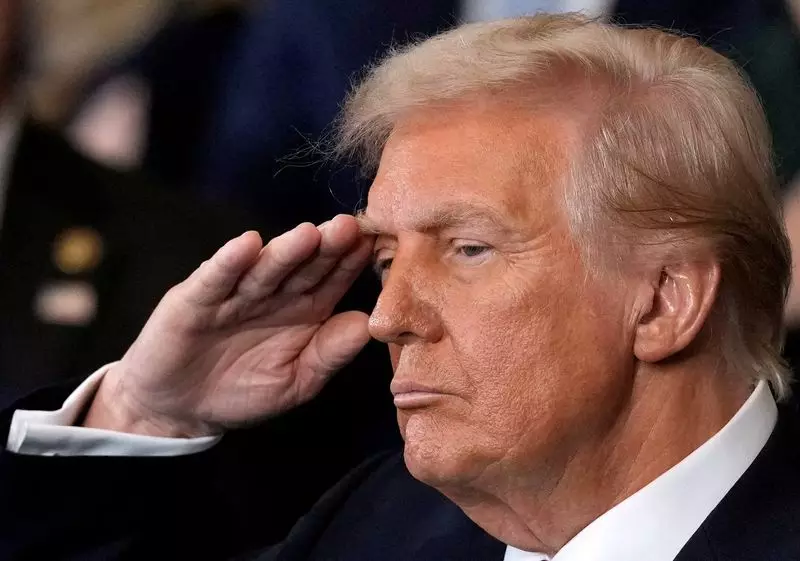The early days of President Donald Trump’s administration were marked by pronounced uncertainty regarding U.S. trade policy. In a sharply polarized political landscape, Trump’s approach set the stage for significant shifts in how the United States conducted its trade relationships, particularly with key partners like China, Canada, and Mexico. This article explores the initial steps taken by the Trump administration regarding trade, as well as the broader implications for global economics.
On his first day in office, President Trump opted to direct federal agencies rather than announce immediate tariffs, signaling a more calculated approach to trade relations. Analysts noted a pronounced relief rally in global stock markets upon the news that no new tariffs would be enacted immediately. The U.S. dollar experienced a notable decline against several major currencies, indicating a market response that reflected both apprehension and anticipation about Trump’s economic strategies. The initial actions taken by the administration were not insignificant; they represented a deviation from the standard immediate punitive measures that many had anticipated during Trump’s campaign.
Trump’s promises during the presidential campaign included imposing steep tariffs on imports, particularly from countries considered economic competitors. By outlining intentions to focus on trade assessments initially, he appeared to prioritize a strategy based on evaluation over immediate punitive action. This shift is significant because it opened up a window for negotiation and reevaluation rather than confrontation—an effective approach that may mitigate immediate backlash from trading partners.
The trade memo issued by President Trump tasked federal agencies with investigating trade deficits and unfair practices by other nations, particularly focusing on compliance with previously negotiated agreements such as the 2020 U.S.-China trade deal and the United States-Mexico-Canada Agreement (USMCA). By channeling efforts into examining these relationships first, the Trump administration aimed to strengthen its position before potentially enacting new tariffs or trade barriers.
This consideration for methodical review rather than a blast of immediate tariffs could also be understood as a strategic recalibration aimed at sustaining the economy. With U.S. financial markets cautious and recovering from the tumult of the past election, an overly aggressive strategy could have resulted in an economic backlash, undermining the goals of improving American manufacturing and protecting U.S. jobs.
Trump’s prior campaign rhetoric hinted at radical changes; however, the phased approach taken in office suggested a recognition that abrupt shifts could destabilize broader economic structures. A sudden imposition of tariffs could disrupt supply chains, elevate costs for consumers, and lead to retaliatory measures from trading partners.
Reviewing trade policies from Trump’s first term highlights an ongoing focus on protecting American manufacturing, a core tenet of his political platform. Past measures included tariffs on steel and aluminum, which catalyzed significant economic responses and initiated a prolonged trade skirmish with China. This historical context demonstrates that while the initial trade memo steers clear of immediate tariffs, the underlying objectives remain consistent with Trump’s prior strategies.
As the administration progressed, the challenges from China regarding compliance with commitments—particularly related to imports of U.S. agricultural products—remained a point of contention. Analysts have noted that the renewed focus on these commitments in light of the new memo reflects a strategy not just of retribution, but of leveraging negotiations to ensure compliance without alienating partners.
The implications of this methodical approach affect not only trade relationships but also broader economic policies. A careful consideration of tariffs and trade agreements could provide for economic stability and potentially facilitate a smoother renegotiation process, influencing future agreements such as the upcoming discussions regarding the USMCA.
President Trump’s trade policies remain a focal point of both critique and support within the U.S. and beyond. The President’s initial choices signal a departure from rash decisions in favor of a more calculated approach, though potential for future tariffs still looms on the horizon. As the administration embarks on its journey through trade negotiations, the lessons drawn from previous term actions and initial measures will likely shape the broader commercial landscape for years to come. Stakeholders in global trade will be watching closely, aware that the decisions made today can have long-lasting impacts on economies and industries worldwide.

